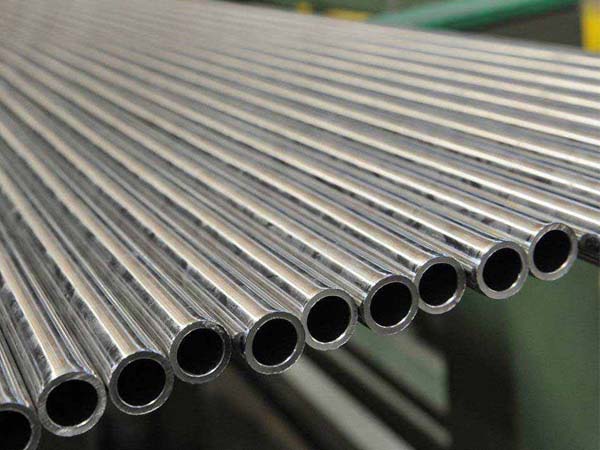
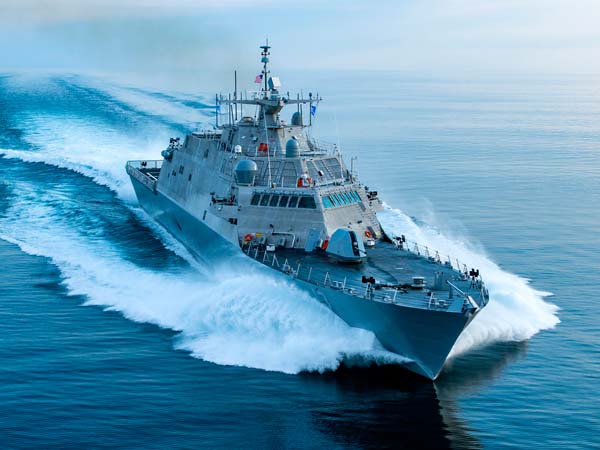
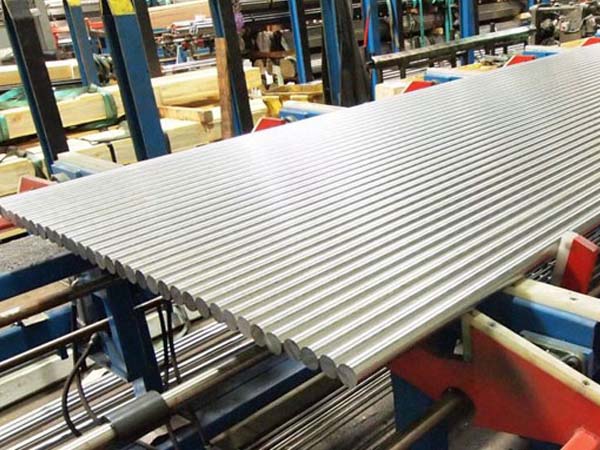
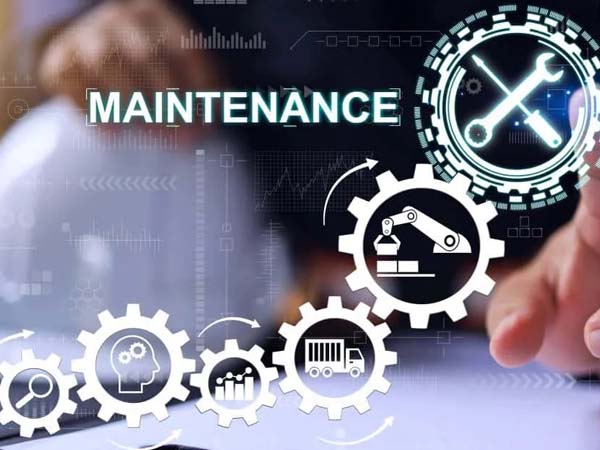
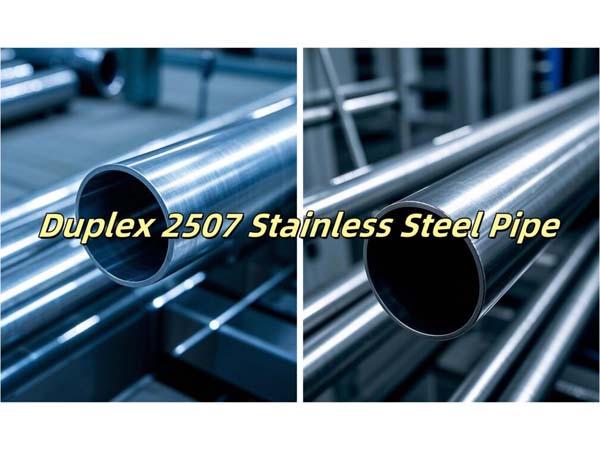

Phone
+86-731-82250427
Address
25th floor, C3 Building, Wanda Plaza, Kaifu District, Changsha, Hunan Province, China.
 May 24 2023
May 24 2023Stainless steel is corrosion resistant, strong, heat resistant and chemical resistant. It’s no wonder so many companies choose it for critical components. And while industries from aerospace and defense to health care and power generation utilize stainless steel, forming and deep drawing it into frame parts, medical containers, or components for gas turbines requires a high degree of skill and knowledge.
Benefits of Deep Drawing with Stainless Steel
Lower cycle times per piece than metal spinning and welding operations.
Monolithic parts can be formed from a single piece of sheet or plate material.
Rather uniform material thickness can be achieved in stainless steel shapes.
Can create deep parts while avoiding welds.
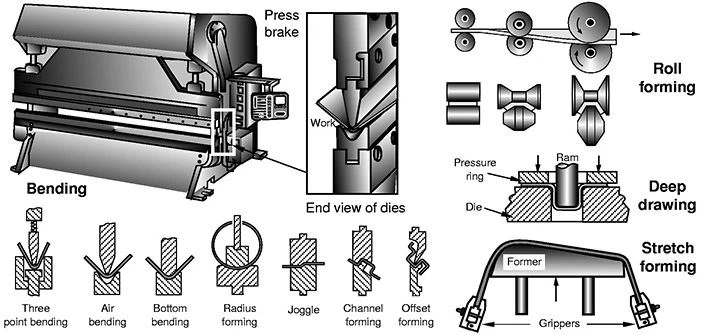
Cost Saving Tips for Stainless Steel Deep Drawn Parts
Stainless steel tends to strain hardened when cold forming, so minimal deformation is ideal.
Designs should minimize the depth to diameter (or the length and width) ratio to avoid the need for stress relief processes.
Typically limit to 2 reductions before needing stress relieving, ratio of depth to diameter ratio in 304 or 316 to no more than 1:1 in thicker material.
Starting at approximately 14 gauge (0.074 in / 1.75 mm) thick material, draw-ability decreases as metal thickness decreases.
How It Works
Deep draw forming stainless steel produces strong, corrosion-resistant parts for everything from medical parts to the kitchen sink. The process involves applying pressure to stretch a flat piece of stainless steel over a form in a die. Depending on the depth and width of the draw, some parts must go through multiple times to meet desired specifications.
Challenges with Deep Drawing Stainless Steel:
Because of the unique properties of stainless steel, special handling is needed during the deep draw process. First, stainless steel work hardens faster than carbon steel. Therefore, it requires nearly twice the pressure to be stretched and formed. Secondly, the chromium oxide surface film (which prevents corrosion on stainless steel) intensifies friction during deep draw forming.
That means that tooling must be coated and lubricated properly to minimize the cost of wear and tear. Lastly, the speed of deep drawing stainless must be adjusted to account for high friction, high pressure, depth of draw and other factors. Failing to calibrate the speed correctly can result in breakage or wrinkles. Typically, the deeper the draw, the slower it needs to be.
